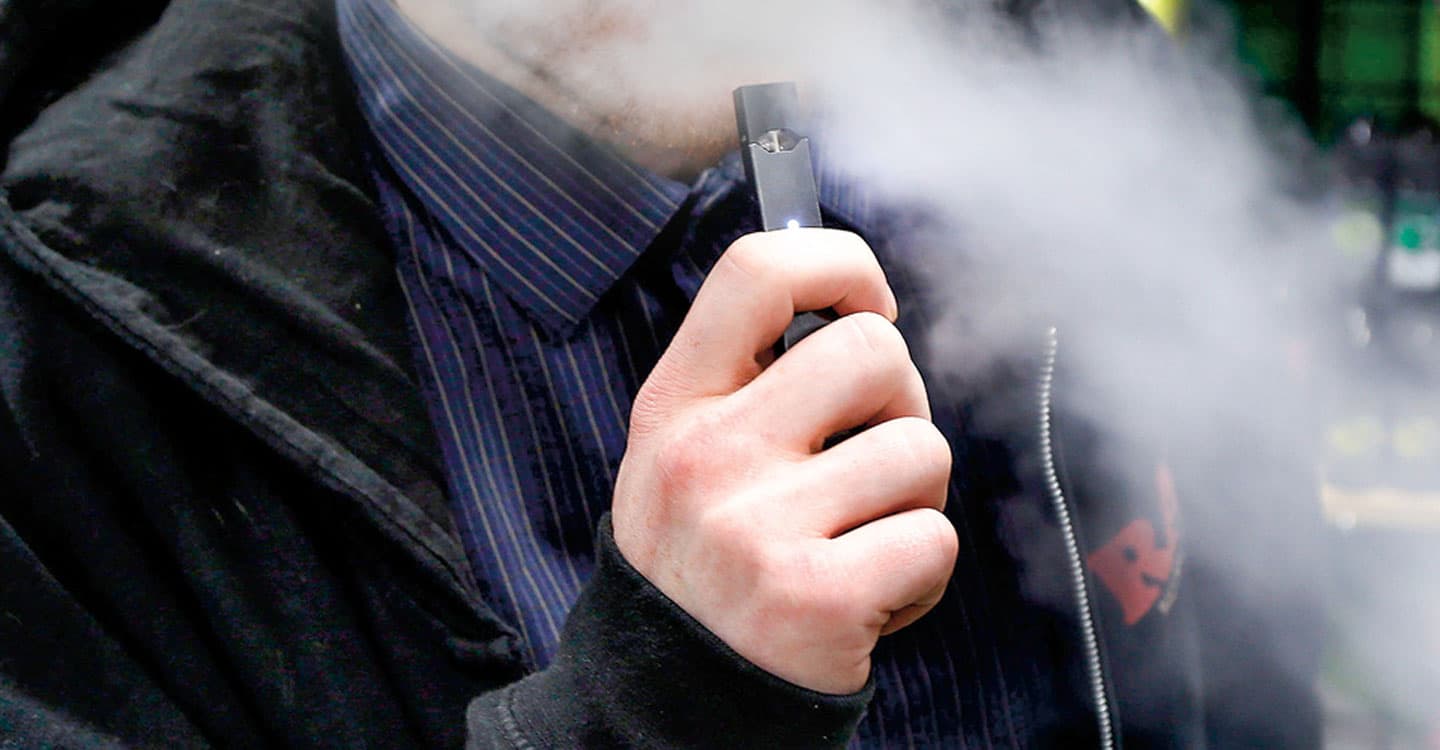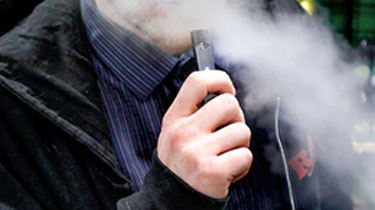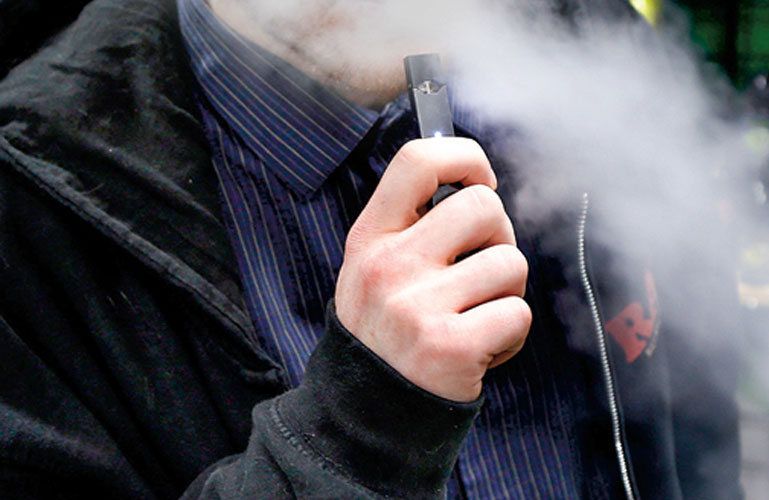Maddie Nelson, 18, had vaped a variety of products for three years. Then, this summer, she began experiencing chest pain, nausea, and a fever. She checked into a hospital near Salt Lake City, Utah, but her symptoms worsened, and she had to be hooked up to a machine to help her breathe. Doctors placed her in a medically induced coma for three days, while they frantically worked to save her life.
Nelson is among a growing number of people who’ve wound up in emergency rooms with lung injuries tied to vaping. As of mid-October, nearly 1,500 people had suffered from severe vaping-related illnesses and 33 had died, according to the Centers for Disease Control and Prevention (C.D.C.).
Maddie Nelson, 18, had vaped a variety of products for three years. Then, this summer, she began experiencing chest pain, nausea, and a fever. She checked into a hospital near Salt Lake City, Utah, but her symptoms worsened. She eventually had to be hooked up to a machine to help her breathe. Doctors were forced to place her in a medically induced coma for three days. They then frantically worked to save her life.
Nelson is among a growing number of people who’ve wound up in emergency rooms with lung injuries tied to vaping. As of mid-October, nearly 1,500 people had suffered from severe vaping-related illnesses, and 33 had died, according to the Centers for Disease Control and Prevention (C.D.C.).



